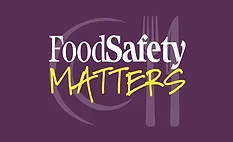
Dry Sanitation in Food Processing: Enhancing Safety for Low-Moisture Foods
Dry sanitation is a pivotal practice in the food processing industry, particularly for facilities that produce low-moisture or low-water-activity foods. This article explores some of the trending technologies and approaches being developed to ensure the microbial safety of low-moisture foods in dry food processing facilities.





